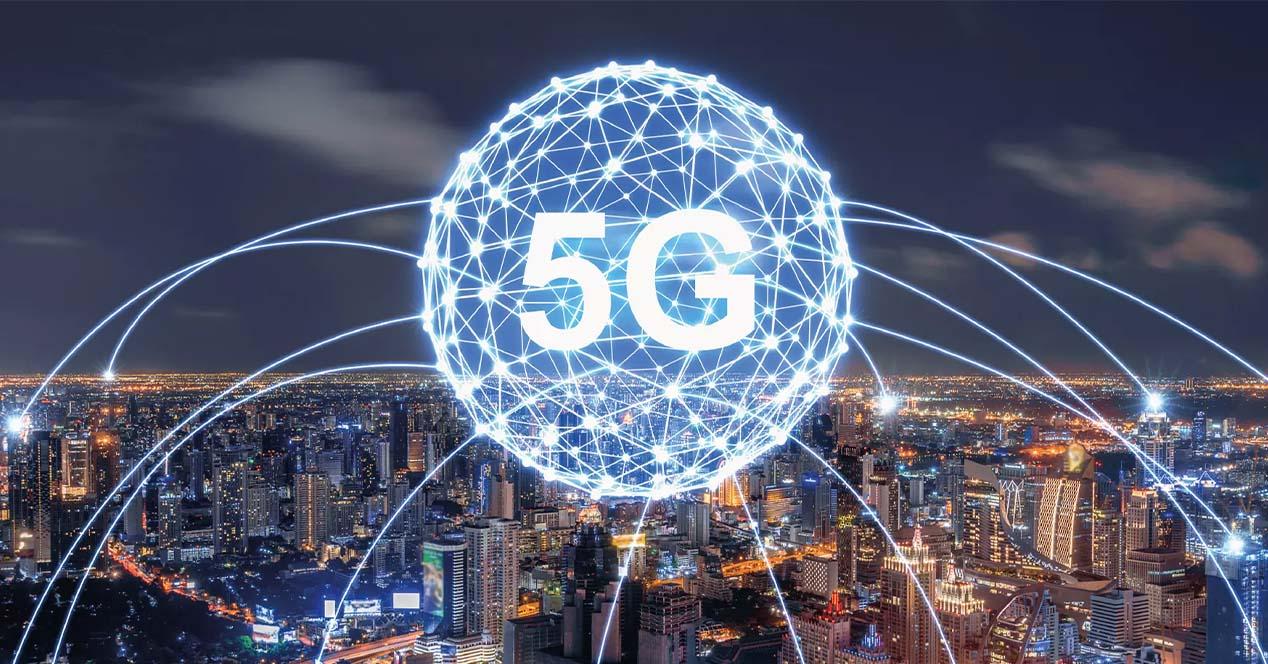From the outset, one of the main objectives was the rapid deployment of the 5G network throughout Spain. However, the problem with this is that they sold us 5G, when in reality, we had something quite different from what the actual connection of this fifth generation network entails. Although, finally, we already know the date of when we will have this real connection.
Currently, we are facing a pseudo 5G. Not only because the actual coverage for this network has not yet been recorded, but because it was initially decided to provide DSS (Dynamic Spectrum Share) technology to the base stations to take advantage of 4G and have a kind of “doped” 5G. , so we are not dealing with a true fifth generation network.
Deployment of real 5G in Spain
We must not forget that most of the 5G network in Spain (around 80% of it) comes with DSS technology. At the time, it was viewed favorably, since, in this way, the main objective was achieved: rapidly expanding this fifth-generation network throughout the country. For this reason, there are more and more operators in our country that include this connection in their rates.
However, the biggest drawback of this is that we do not have the true benefits that the real connection of 5G in the world offers today. Although, there is already a maximum date for this situation to change completely in Spain, to ensure that the country really has this network.

However, it will not reach everyone. Basically, because the investments in 5G, which were already guaranteed through the BOE (Official State Gazette), will reach each and every town with up to 20,000 inhabitants (around 70% of the Spanish population) in June 2025, or at least, that is Telefónica’s commitment. And all thanks to the fact that it can now be deployed on official frequencies that, at the time, Europe chose, such as the 700 MHz bands.
How far will true 5G go?
In addition to Telefónica, there are two other operators that will, by obligation, have to bring the real 5G connection to other towns. Specifically, both Orange and Vodafone will have to deploy this real connection to all towns with up to 50,000 inhabitants, 52% of the population.
Therefore, it is clear that almost all of Spain will be able to enjoy real 5G by mid-2025. However, it must be clear that it will not arrive on these dates for everyone. Therefore, it is more than likely that this connection will not really reach all those populations that do not reach the figure of 20,000 inhabitants.
However, it is necessary to take into account the different aids that have been given so that the 5G connection reaches all of Spain. The last of these are the 450 million that will be used in 2022 and 2023 with the aim that 75% of the Spanish population can be connected to a fifth generation network in priority bands by 2025.













